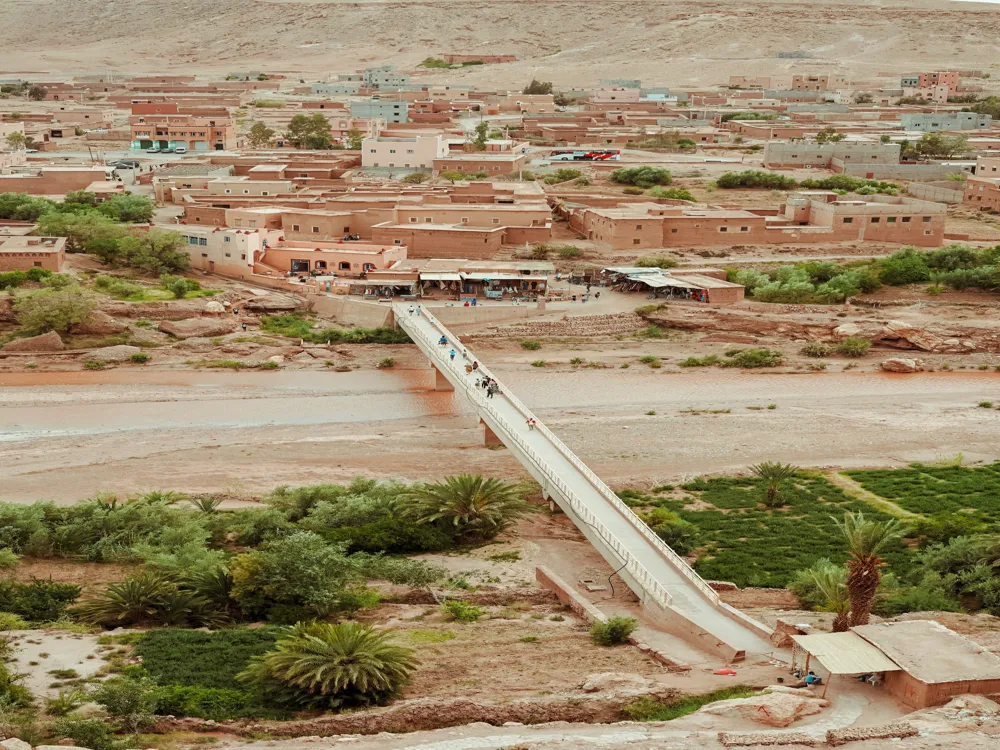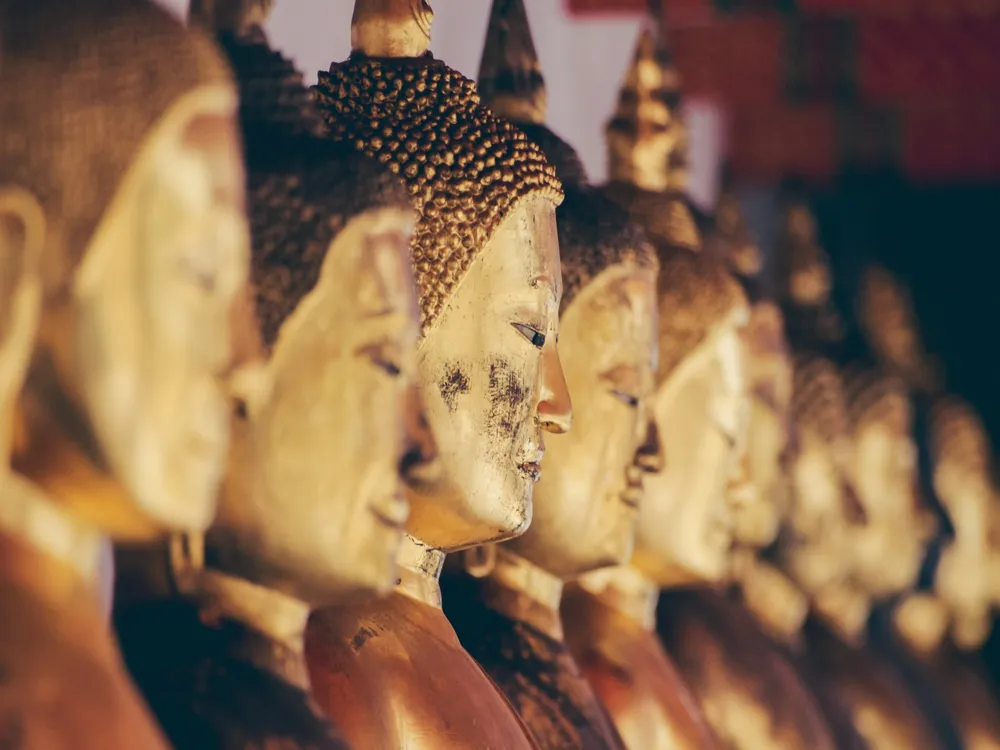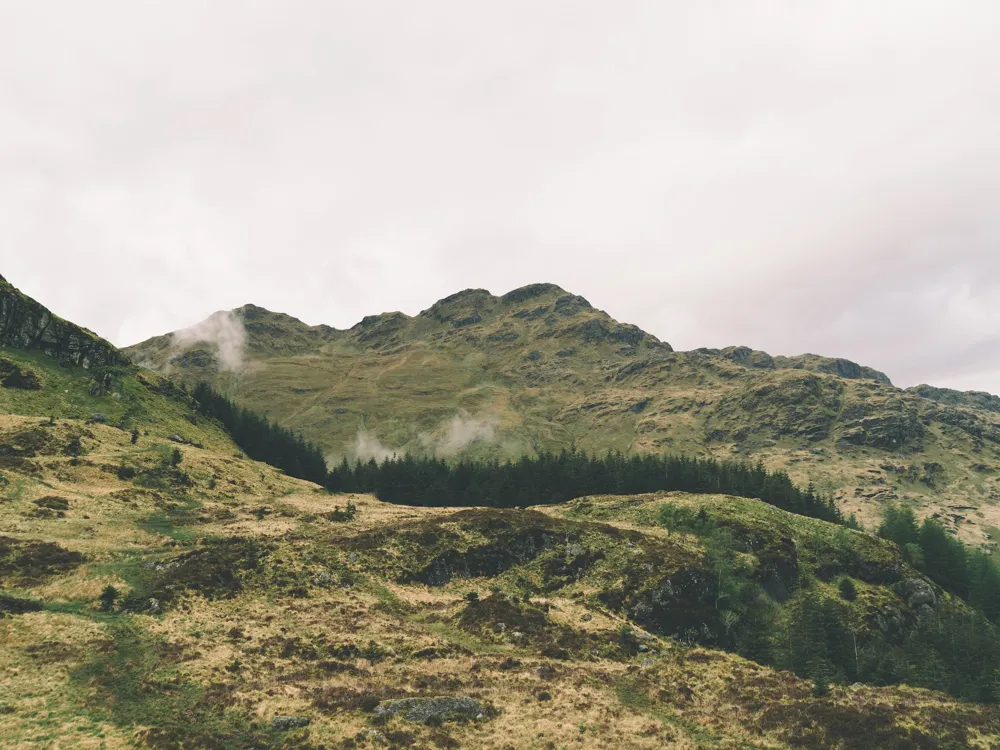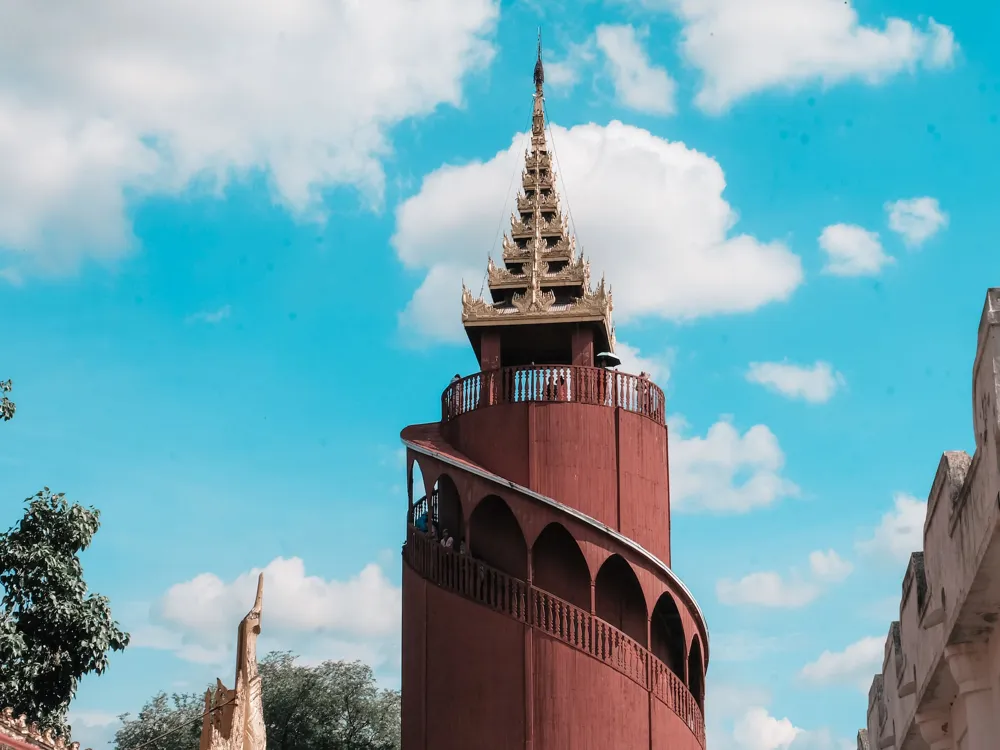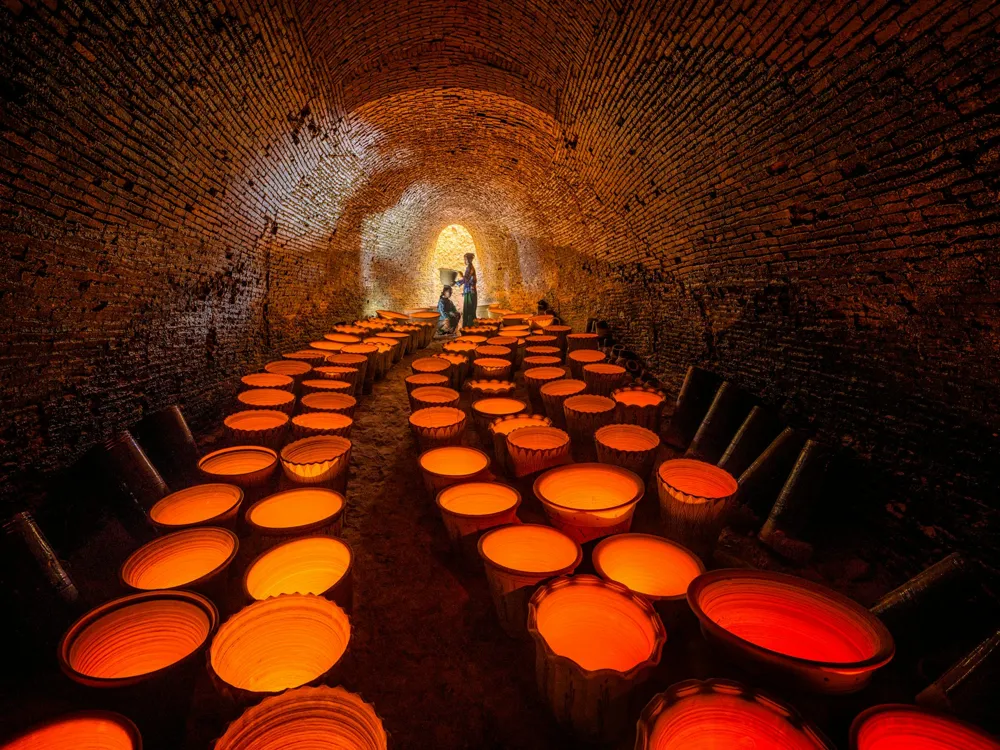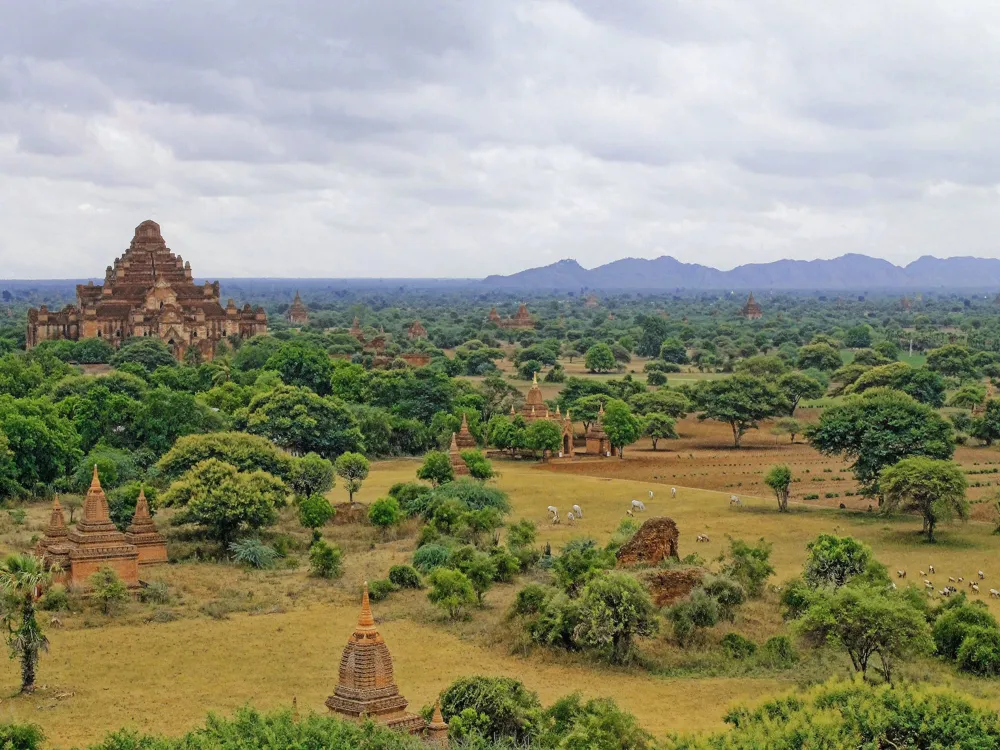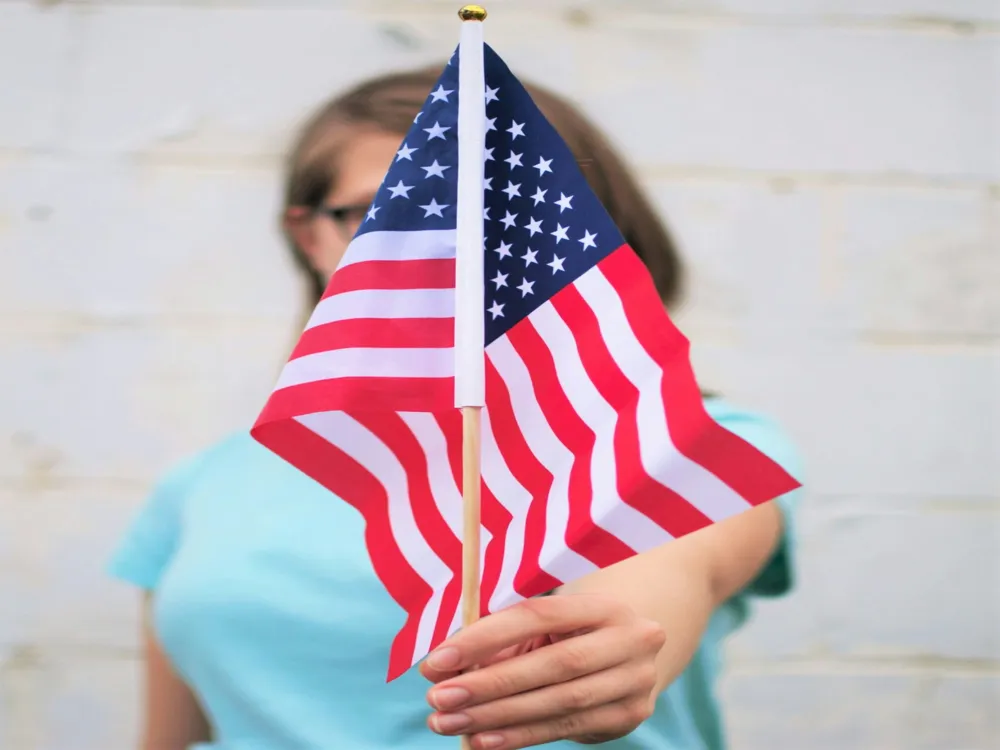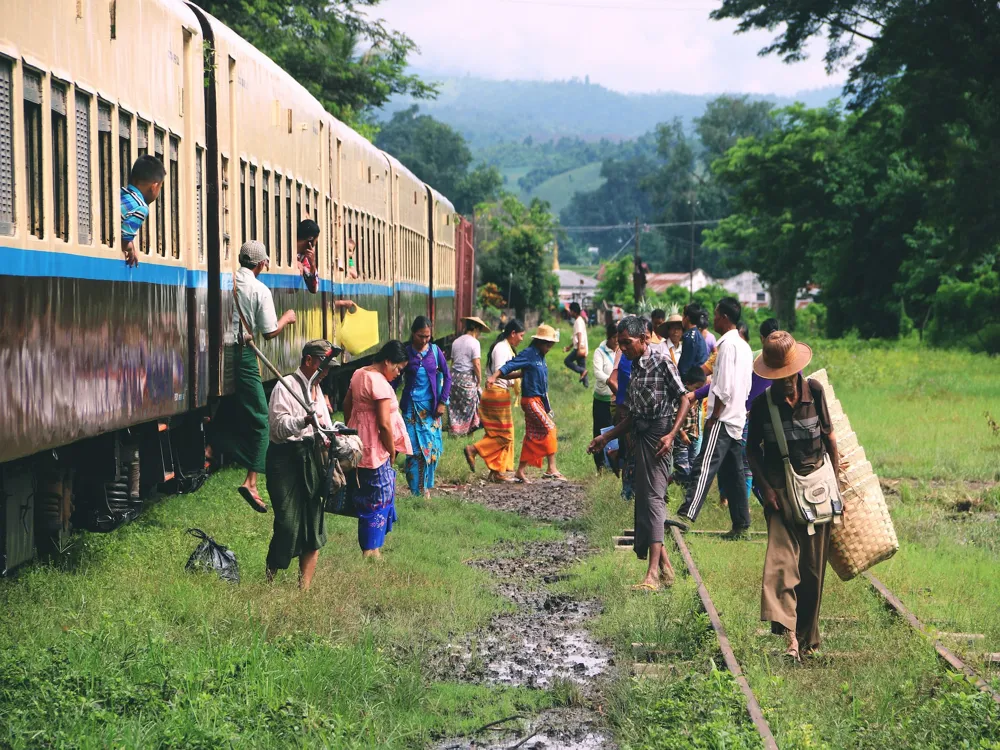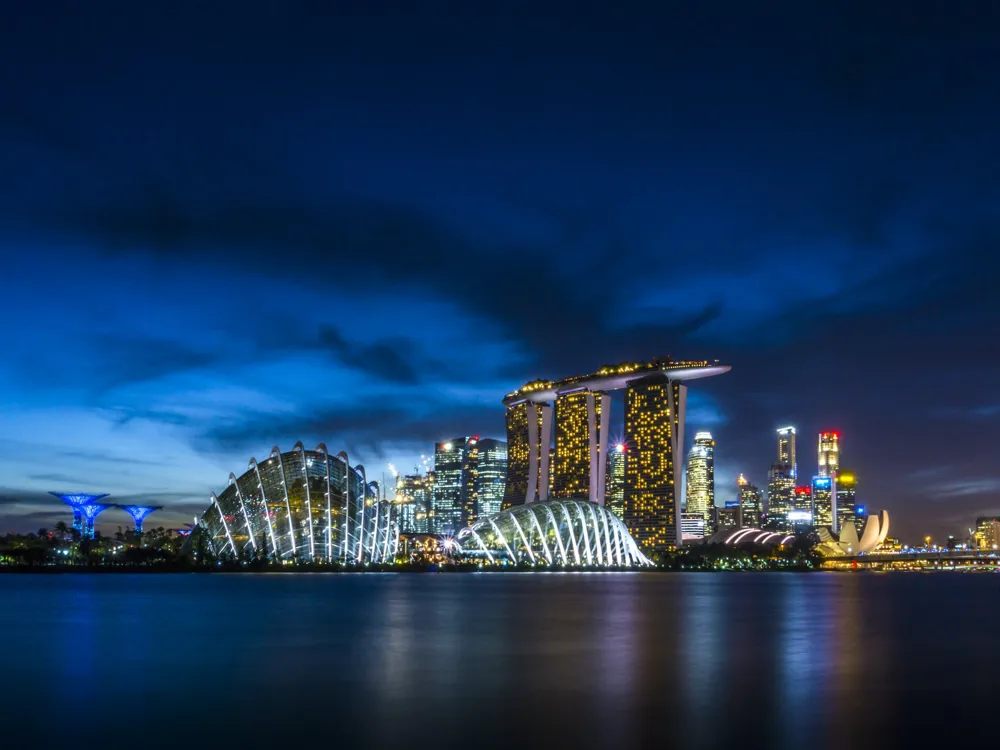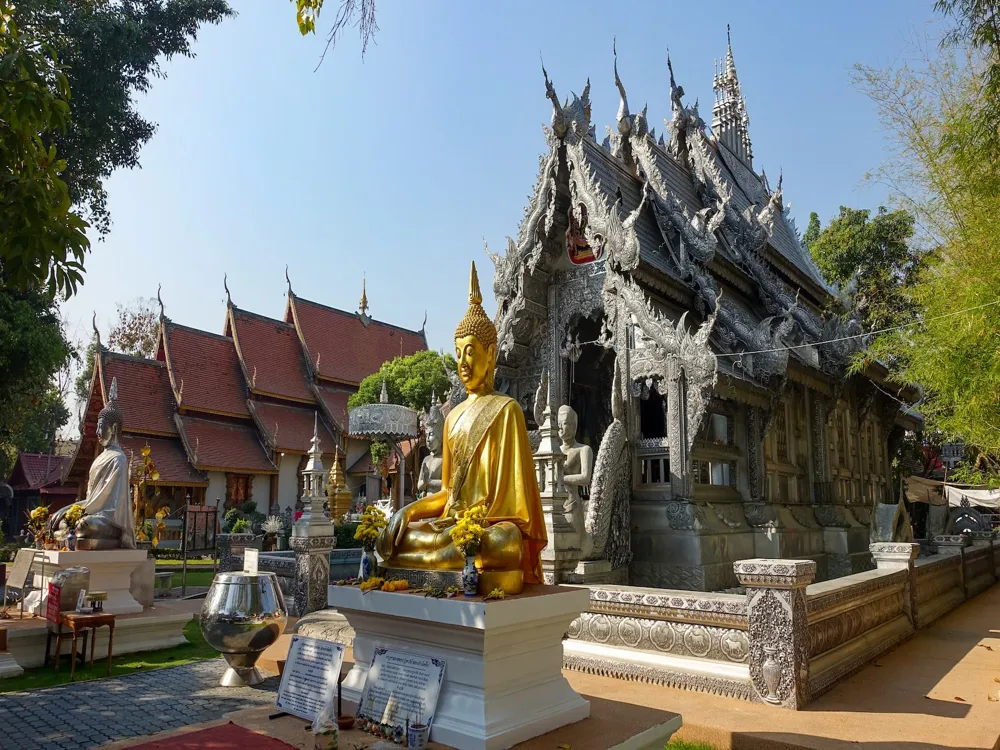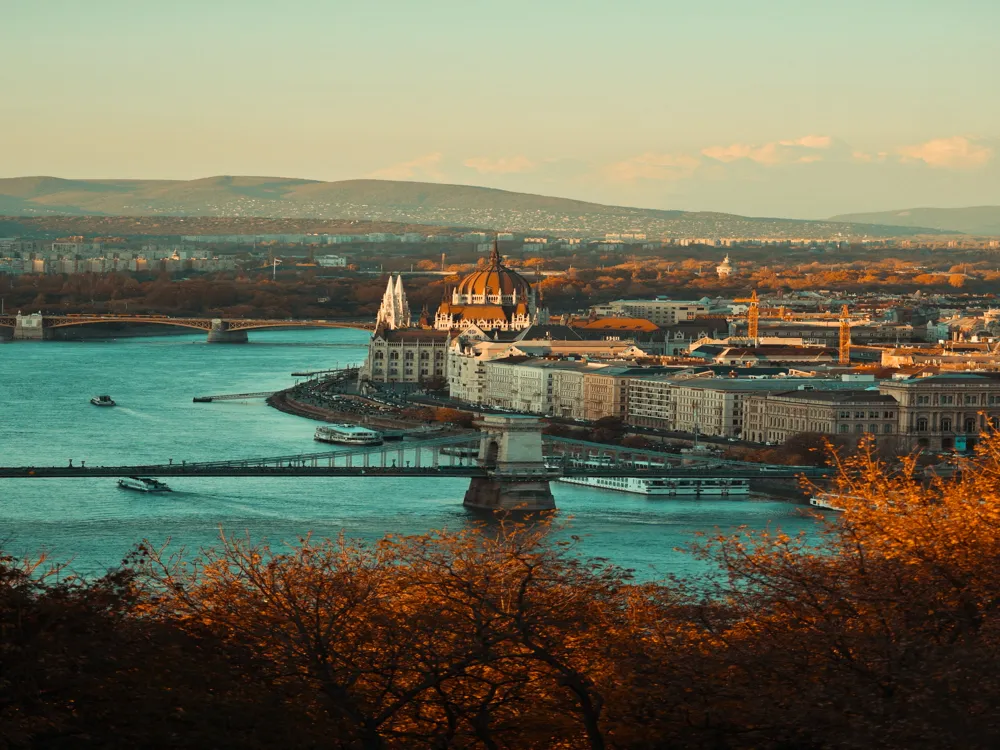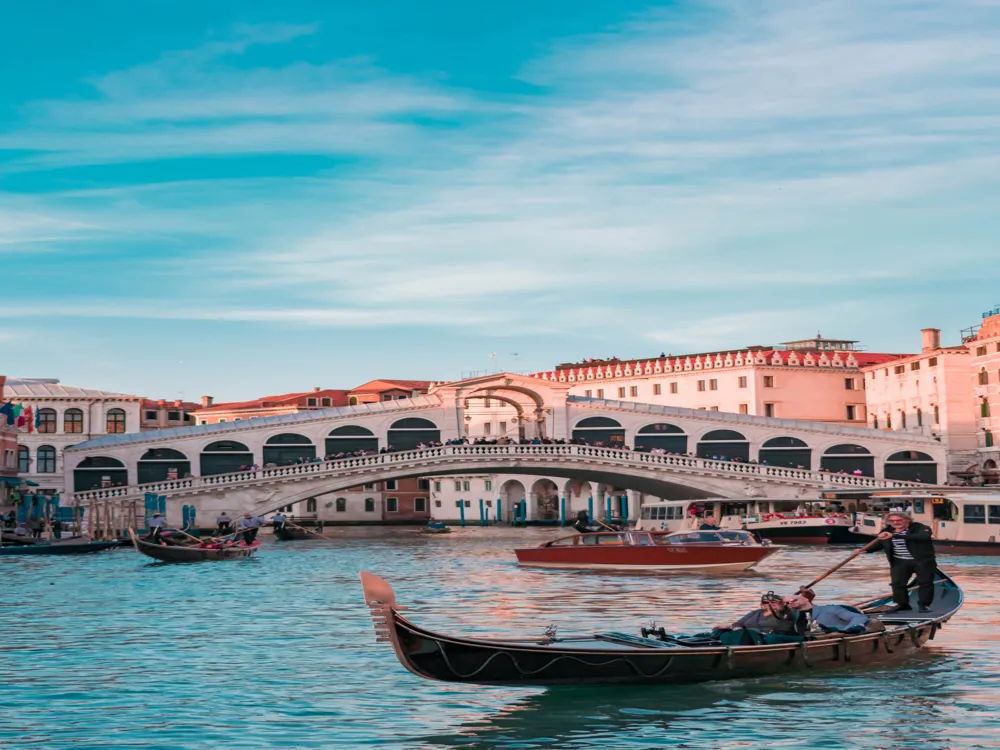Shwe Gu Ni Pagoda, a magnificent Buddhist temple located in Monywa, Myanmar, stands as a testament to the rich cultural and spiritual heritage of the region. Dating back to the 14th century, this pagoda is revered for its historical significance and architectural grandeur. It is particularly famous for its tall Buddha image, which is said to be one of the most venerated in the area. The Shwe Gu Ni Pagoda, set amidst lush greenery, offers a serene and spiritual ambiance that captivates both pilgrims and tourists alike. The history of Shwe Gu Ni Pagoda is steeped in legend and lore. According to local beliefs, the pagoda was constructed during the reign of King Alaungsithu of the Bagan Dynasty. It is said that the king, an ardent Buddhist, was instrumental in spreading Buddhism throughout the region. The Shwe Gu Ni Pagoda was one of the many temples he commissioned, and it has since been a significant site for Buddhist worship and ceremonies. Over the centuries, the pagoda has undergone several renovations and restorations, each adding to its grandeur and preserving its ancient allure. One of the most striking features of Shwe Gu Ni Pagoda is its towering Buddha statue. This image, standing at an impressive height, is adorned with gold and precious stones, reflecting the exquisite craftsmanship of the Burmese artisans. The statue is not only a religious icon but also a masterpiece of Burmese art. The facial features of the Buddha are serene yet powerful, embodying the essence of spiritual enlightenment and peace. Devotees from all corners of the country and beyond come to pay homage to this revered image, seeking blessings and spiritual solace. The architectural design of Shwe Gu Ni Pagoda is a blend of traditional Burmese and Mon styles. The pagoda's structure is characterized by a series of concentric terraces, leading up to a golden stupa at the top. The stupa, adorned with intricate carvings and designs, is an embodiment of the cosmic Mount Meru, a significant element in Buddhist cosmology. The lower terraces of the pagoda are lined with numerous smaller shrines and statues, each with its unique artistic and religious significance. The entire complex is surrounded by a high wall, symbolizing the boundary between the mundane world and the sacred realm of the Buddha. The Shwe Gu Ni Pagoda is not only a place of worship but also a center of cultural activities. Throughout the year, the pagoda hosts various religious festivals and events, attracting thousands of devotees and tourists. The most prominent of these is the Shwe Gu Ni Pagoda Festival, held annually. During this festival, the pagoda and its surroundings come alive with vibrant colors, traditional music, and dance performances. Devotees partake in religious rituals, offering prayers and alms to the monks. The festival is also an opportunity for local artisans to display their crafts, making it a bustling hub of cultural exchange. The architecture of Shwe Gu Ni Pagoda is a splendid example of Burmese religious architecture, reflecting the ingenuity and skill of ancient Burmese artisans. The pagoda's design harmoniously blends various architectural elements, creating a structure that is both aesthetically pleasing and spiritually significant. The primary material used in the construction of the pagoda is brick, coated with layers of stucco and gold leaf. This not only adds to the visual appeal of the pagoda but also has practical implications, protecting the structure from the harsh tropical climate. The base of the pagoda is a square plinth, which supports a series of terraces leading up to the central stupa. These terraces are adorned with intricate carvings depicting scenes from the Jataka tales, stories of the Buddha's previous lives. These carvings are not mere decorations; they serve as visual aids for teaching Buddhist morals and principles. The lower terraces are accessible to devotees and visitors, allowing them to walk around the pagoda, meditate, and offer their prayers. The central stupa of Shwe Gu Ni Pagoda is an architectural marvel. Topped with a 'hti' (umbrella-like structure), it is covered in gold leaf, which glimmers under the sun, creating a mesmerizing effect. The stupa is surrounded by smaller stupas and pavilions, each intricately designed and decorated. The interplay of light and shadow, the golden hues, and the serene ambiance create a spiritual atmosphere that is both calming and awe-inspiring. The interior of the pagoda is equally impressive. The walls and ceilings are adorned with frescoes and murals, depicting various Buddhist themes and stories. These artworks are not only significant for their religious content but also for their historical and cultural value. They provide insights into the life and times of the periods when they were created, reflecting the social, cultural, and religious milieu of those times. Another notable feature of the Shwe Gu Ni Pagoda's architecture is its use of natural light. The placement of windows and openings is such that it allows the interior to be illuminated with soft, natural light during the day. This thoughtful design element enhances the spiritual ambiance of the pagoda and highlights the intricate details of the murals and carvings. In summary, the architecture of Shwe Gu Ni Pagoda is a testament to the rich cultural heritage of Myanmar. It showcases the brilliance of Burmese architectural design and stands as a symbol of the country's religious devotion and artistic prowess. When visiting Shwe Gu Ni Pagoda, it is important to dress modestly out of respect for the religious nature of the site. Visitors should wear clothes that cover their shoulders and knees. It is also customary to remove shoes and socks before entering the pagoda precincts. Visitors should be mindful of local customs and traditions. This includes speaking softly, not pointing feet towards Buddha images, and following the guidelines for photography. It's important to show respect to the monks and devotees at the pagoda. To make the most of your visit to Shwe Gu Ni Pagoda, it's advisable to plan ahead. Check the local weather, as well as any special events or festivals that might be taking place. Early morning or late afternoon visits can help avoid the heat and the crowds. The climate in Monywa can be hot and sunny. Visitors should stay hydrated and use sun protection like sunscreen, hats, and sunglasses. Carrying a bottle of water is recommended. Monywa and its surroundings offer a rich cultural experience. Visitors can explore nearby attractions such as the Thanboddhay Pagoda and the Bodhi Tataung standing Buddha. Local markets and eateries also offer a glimpse into the local lifestyle and cuisine. Shwe Gu Ni Pagoda in Monywa, Myanmar, is accessible via various modes of transportation. For international visitors, the nearest major airport is Mandalay International Airport. From Mandalay, one can take a bus, taxi, or hire a private car to reach Monywa, which is approximately a 3-hour drive. Regular bus services are available from major cities like Yangon and Mandalay to Monywa. For a more local experience, visitors can also opt for a boat ride along the Chindwin River, which offers scenic views and a unique perspective of the Myanmar countryside. Read More:Overview of Shwe Gu Ni Pagoda
Architecture of Shwe Gu Ni Pagoda
Tips When Visiting Shwe Gu Ni Pagoda
Dress Appropriately
Respect Local Customs and Traditions
Plan Your Visit
Stay Hydrated and Protected
Explore Surrounding Areas
How To Reach Shwe Gu Ni Pagoda
Shwe Gu Ni Pagoda
Monywa
NaN onwards
View monywa Packages
Weather :
Tags : Buddhist Temple
Opening hours : 8:00 AM - 5:00 PM
Ticket details : MMK 5000 for foreign tourists.
Planning a Trip? Ask Your Question
Monywa Travel Packages
View All Packages For Monywa
Top Hotel Collections for Monywa

Private Pool

Luxury Hotels

5-Star Hotels

Pet Friendly
Top Hotels Near Monywa
Other Top Ranking Places In Monywa
View All Places To Visit In monywa
View monywa Packages
Weather :
Tags : Buddhist Temple
Opening hours : 8:00 AM - 5:00 PM
Ticket details : MMK 5000 for foreign tourists.
Planning a Trip? Ask Your Question
Monywa Travel Packages
View All Packages For Monywa
Top Hotel Collections for Monywa

Private Pool

Luxury Hotels

5-Star Hotels

Pet Friendly









